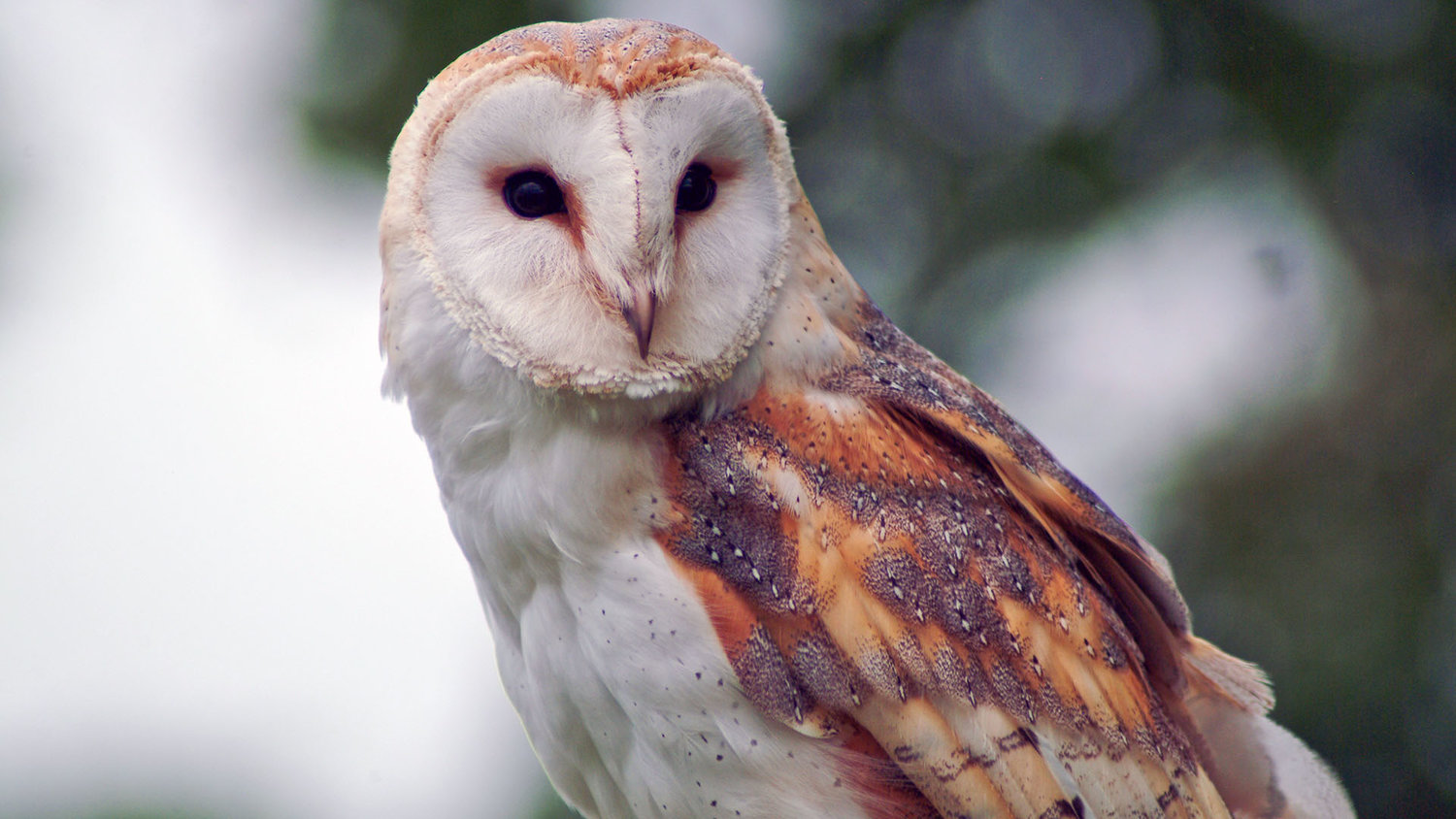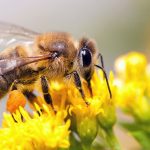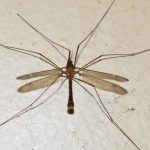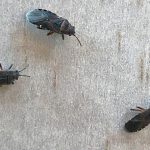Do you ever hear a haunting hoot in the middle of the night?
That’s the sound of an owl, one of nature’s most intriguing creatures. These nocturnal birds have been capturing human attention for centuries with their unique calls and songs.
But what exactly does an owl sound like? Most people recognize the deep, resonant hoot that owls are famous for.
However, did you know that these birds can create a variety of other vocalizations, each with its own purpose and name? From shrieks and whistles to trills and coos, owls can convey an incredible amount of detail through their calls.
Whether you’re a casual nature lover or a professional bird expert, listening to the sounds of owls is both fascinating and rewarding. In this blog post, we’ll explore the different sounds produced by owls, including their meanings and uses.
We’ll also take a closer look at some of the most common owl species and their unique calls. By the end of this article, you’ll be able to identify some of the animal kingdom’s most beloved birds by their distinctive sounds.
So, let’s dive in now.
Different Sounds Owls Make
Contents
Owls are famously known for their haunting and mysterious calls that can send shivers down your spine.
However, did you know that not all owls hoot in the same way? The male owl’s classic “who” sound is used to establish territory and attract a mate, but other species make screeching or whistling sounds instead.
For instance, the Eastern Screech-Owl produces a monotonic whistle-like sound, while the Great Horned Owl produces a deep and resonant hoot that can be heard for miles. These hoots can be followed by wing flapping or head bobbing, which adds to the moment’s drama and excitement.
Owls also make other vocalizations such as screeches, whistles, and screams.
The Barn Owl’s blood-curdling shrieks resemble a woman’s scream, while the Northern Saw-whet Owl’s high-pitched tooting noise is similar to that of a truck backing up. These sounds can be eerie and thrilling simultaneously and are sure to capture your attention.
In addition to vocal sounds, owls use non-vocal sounds to communicate as well. For example, some species like the Boreal Owl clap their beaks together to create a popping sound.
This behavior is often used during courtship rituals or to signal danger. To conclude, owls have an extensive repertoire of sounds that are unique to their species and situation.
Hooting Calls of Male Owls
Male owls use hooting calls to communicate their presence and territory to other males and attract females for mating.
These calls are low-pitched, rhythmic, and melodious, composed of a series of hoots that vary in length, pitch, and tone. Each species of male owl has its unique hooting call, from the great horned owl’s deep booming “hoo-hoo-hoo hoo-hoo” to the barred owl’s complex call that sounds like “who cooks for you?
Who cooks for you all?” Male owls’ hooting calls are also known as territorial calls.
They use them to announce their presence in a specific area and ward off other males from encroaching on their territory. The louder and more resonant the hoot, the stronger the owl’s territorial claim.
But during the breeding season, male owls step up their game. They increase their hooting frequency to attract females and modify their calls by adding trills or other embellishments to make them even more attractive.
Male owls’ hooting calls are not just a means of communication but also a way of marking territory and attracting mates.
Understanding the different types of hoots and their meanings can help bird enthusiasts identify different owl species and appreciate their unique vocalizations.
Other Vocalizations of Owls
Owls are fascinating creatures with a complex communication system beyond their iconic hooting sounds.
They have an impressive range of vocalizations, including screeches, whistles, hisses, and more. One of the most remarkable sounds that owls make is a scream.
It serves as a warning to other animals in the area or as a way to defend their territory. During the breeding season, owls fiercely guard their nests, and the scream can be incredibly loud and startling.
Another vocalization that owls use is a trill. This sound is created by rapidly repeating a single note and is often used as a way to locate other owls in the area.
Smaller owl species like the Eastern Screech-Owl rely heavily on trills for communication. Some owl species also produce clicking sounds with their beaks.
This subtle sound is believed to help them communicate with other owls or signal their presence to prey animals while hunting at night. The diversity of vocalizations used by owls is truly impressive and captivating.
Physical Movements for Communication
They are also skilled physical communicators.
In fact, these fascinating creatures use various physical movements to interact with each other and potential predators. One of the most common physical movements used by owls is head bobbing.
This action is often a sign of aggression or territoriality when two owls are trying to establish dominance over a territory. Rapidly bobbing its head up and down while hooting or screeching sends a clear message that says, “This is my turf – stay away.”
In addition to head bobbing, owls use wing flapping as a warning signal. When an owl flaps its wings quickly while perched, it creates a loud noise that alerts other owls or potential predators of danger.
The message is simple yet effective, “Danger. Keep your distance.”
Owls also use body language to convey their intentions. When an owl wants to appear larger and more intimidating, it will puff up its feathers and spread its wings wide.
Conversely, when an owl wants to appear smaller and less threatening, it will tuck its head and feathers close to its body. These actions send a clear message that says, “Don’t mess with me.” or “Please leave me alone.”
Understanding the physical movements of owls is crucial in appreciating their communication skills fully.
Disruptive Noises at Night
These magnificent creatures are known for their distinctive vocalizations, but they can also cause disruptive noise at night.
Owls are most active during nighttime hours and can make various sounds, such as screeches, screams, and hisses, depending on their species, gender, and age. While some people find the sound of owls soothing or romantic, others may find it disturbing or frightening.
If you’re one of those people who struggle with nighttime disruptions, there are a few things you can do to minimize the sound. You can invest in earplugs or noise-cancelling headphones, or try masking the sound with white noise from a fan or machine.
If an owl is causing issues on your property, it’s best to contact a reputable wildlife removal company for assistance.
Respectful Behavior Toward Owls
Owls are creatures of the night that captivate our imagination with their beauty and mystery.
However, it’s important to remember that they are wild animals and should be treated with respect. As an expert on respectful behavior toward owls, I cannot stress enough the importance of keeping a safe distance from them.
Despite their innocent appearance, their sharp talons and beaks can cause serious injury if they feel threatened or cornered. Respect for owls also means giving them space to thrive in their natural habitats and nesting sites.
These areas should be left undisturbed to allow the owls to live peacefully and comfortably. As much as we may be tempted to take a closer look, remember that these birds require their space just like we do.
When observing owls, it’s crucial to avoid using flash photography or bright lights. Owls have extremely sensitive eyesight, and bright lights can cause significant stress and discomfort.
Moreover, loud noises or sudden movements can startle and stress owls, so it’s important to move around quietly and calmly in their presence. Finally, it’s essential to follow laws that protect these magnificent birds.
The Migratory Bird Treaty Act makes it illegal to harm, harass, or kill owls without a permit.
If you come across an injured or distressed owl, contact a licensed wildlife rehabilitator who can provide proper care and treatment for the bird.
Conclusion
In conclusion, owls are truly remarkable creatures with a complex communication system that extends far beyond their recognizable hoots.
From screeches to whistles and hisses, these birds boast an impressive range of vocal styles that serve various purposes in their daily lives. But it’s not just about sound.
Owls also use physical movements like head bobbing, wing flapping, and body language to communicate with each other and potential prey. It’s amazing to witness the intricacy of their interactions.
While some may find the sound of owls soothing or romantic, others may feel uneasy or frightened. It’s important to remember that they are wild animals and should be treated with respect and kindness.
By showing reverence for these magnificent creatures, we can help ensure their continued survival and well-being.






